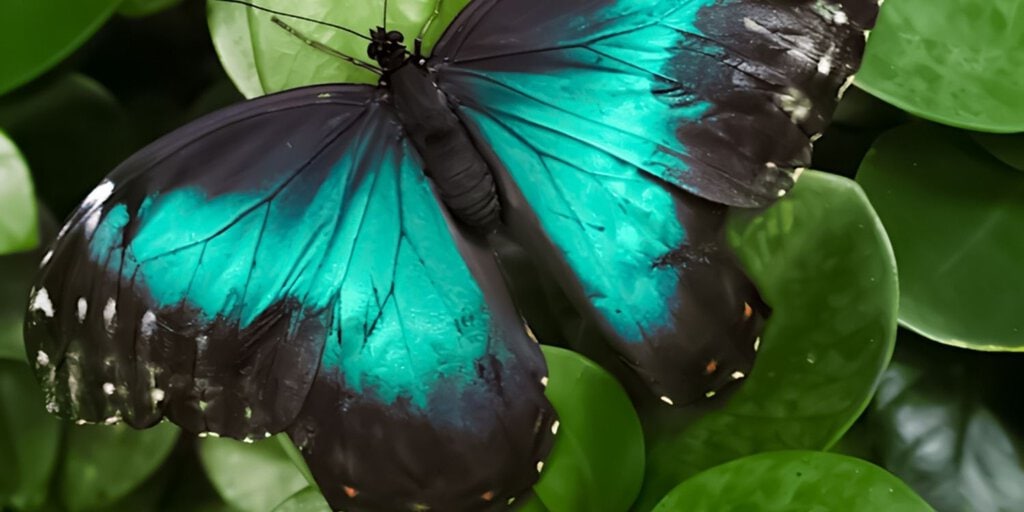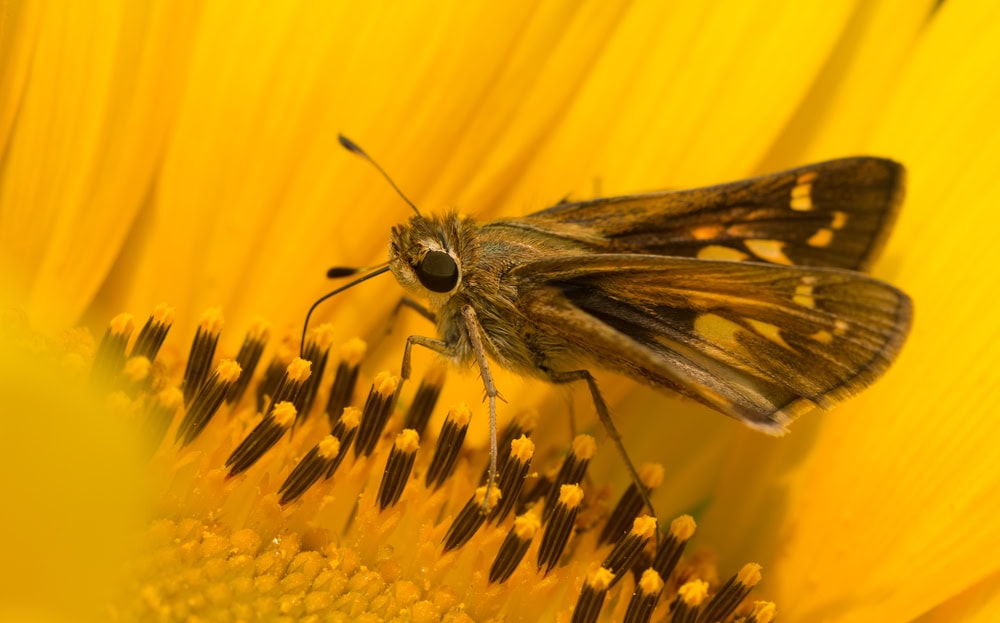
Butterflies have been wowing people across the world for hundreds of years. However, they have their own set of quirks and traits that not many people know about. The following are five fun facts about these mysterious and beautiful insects.
Cold-Blooded and Scaly Wings
Butterflies are actually cold-blooded insects that need a temperature core of 85°F in order for them to fly. If they don’t reach this temperature, they will simply bask in the sun until they have reached it. Failing that, they will do what is known as shivering. This is done by shaking their wings until they have warmed up.
Their wings are scaly and will either bend or reflect sunlight, which is what results in the different hues. Each scale contains a single color. Most often, the colors are either black, white, red, or yellow. When we see green and blue hues on butterfly wings, it’s usually caused by the refraction of light off the scales. The patterns on butterfly wings are also symmetrical! The colors tend to fade as the butterfly ages.
Protection and Metamorphasis
Butterflies have their skeletons on the exterior of their bodies. This is known as an exoskeleton. This is what protects them from predators, in addition to providing them with structural support, and helps them retain water. It also protects their insides.
Before a caterpillar metamorphoses into a butterfly, they eat toxins to protect themselves while they are in the chrysalis stage. For example, the Monarch butterfly only eats milkweed and will store its toxins. This helps to repel predators such as birds from eating them while they are vulnerable.
The Fastest Butterfly
To date, the fastest-recorded butterfly is the Skipper. They can fly more than 37mph, which is almost as fast as a horse. Although the Skipper is the fastest, it’s not the butterfly species that can fly the farthest. This record belongs to the Monarch butterfly, which can fly up to 2,500 miles.

Butterflies are more than just a thing of beauty. They also help Mother Nature. While they pollinate, they also spread the seeds from flowers. They capture seeds on their feet, proboscis, or bodies, which are then transferred to the next flower they land on, thus aiding with the pollination process. They truly are one of the most fascinating creatures found in nature.